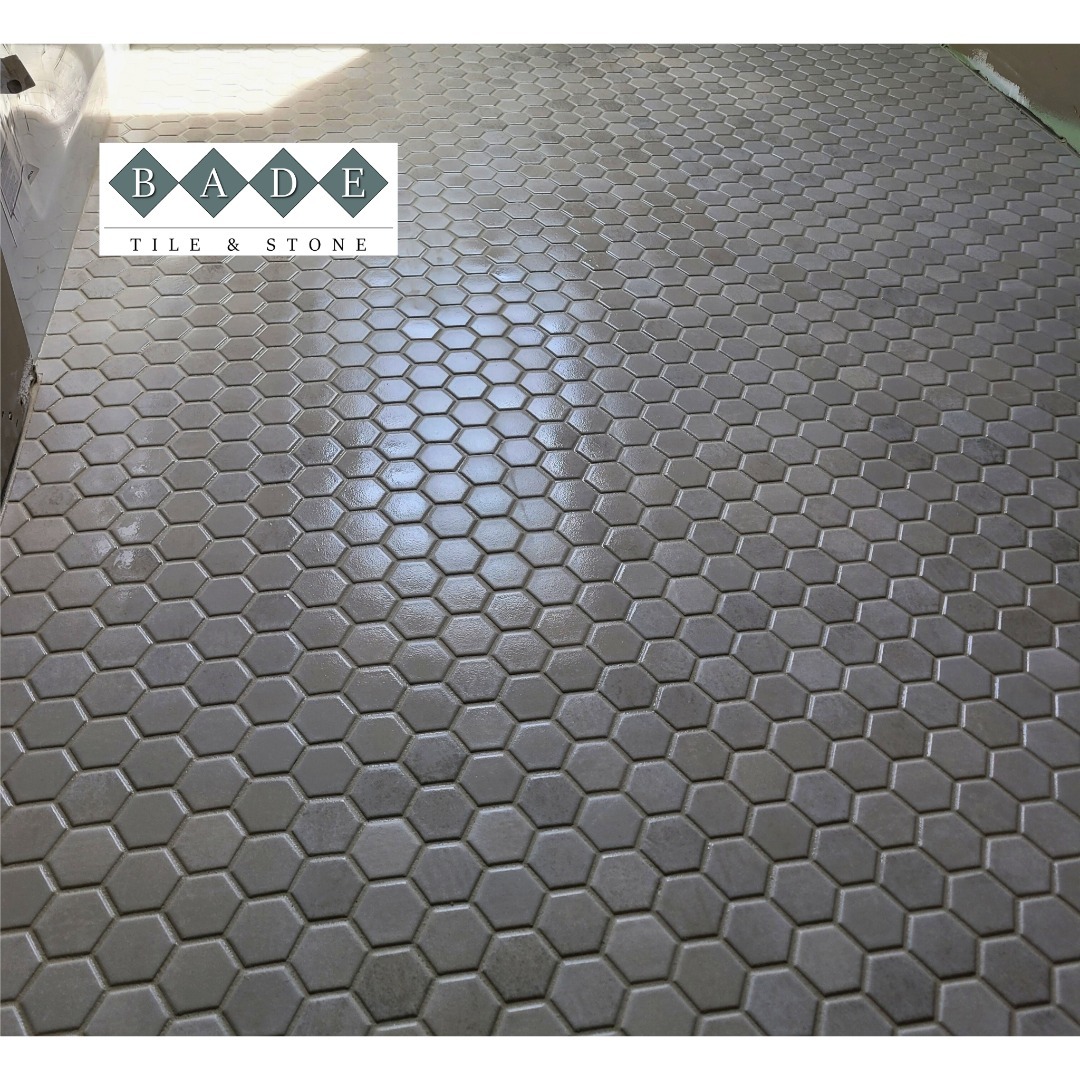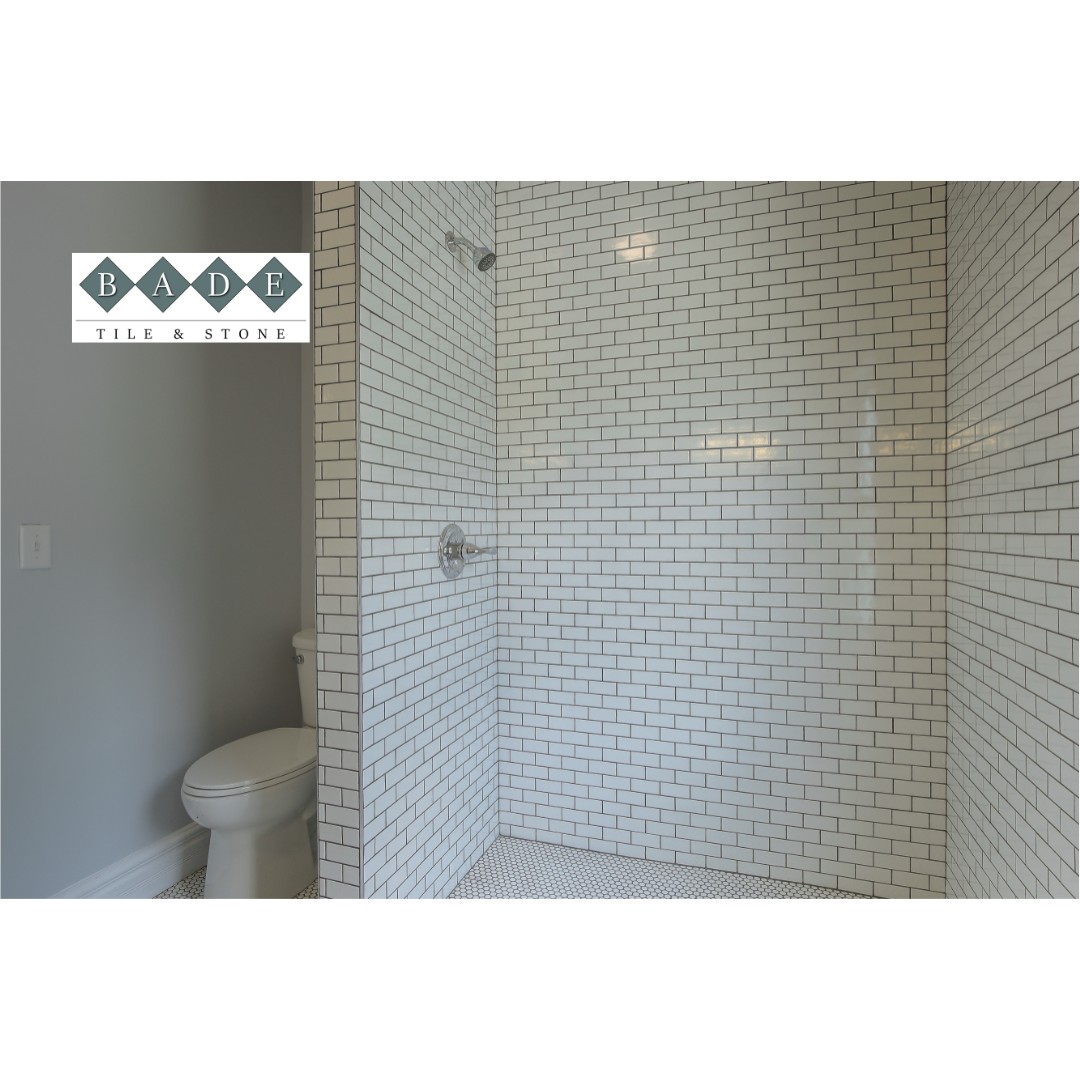In many shower designs, a shower curb is a necessary component that serves as an elevated barrier to help keep water contained in the shower area. The shower curb is the solution if you’ve ever wondered how to keep water from leaking into the bathroom floor or how to make your shower’s perimeter clear and uncluttered. Shower curbs are usually constructed from concrete, stone, or tile and provide both practical and decorative advantages.
In this blog, we’ll dive into what is a shower curb, how it’s used, and its significance in both modern and traditional bathroom design. The first step in designing a practical and fashionable shower area is knowing the function of a shower curb, regardless of whether you’re planning a bathroom makeover or are simply interested in shower design.
What Is A Shower Curb?
A shower curb is a tiny, elevated edge or barrier that serves as the shower’s threshold or entrance. It keeps water from leaking onto the bathroom floor by keeping it contained within the shower area. Shower curbs can be found in both recent, frameless shower designs and standard framed showers. They are typically constructed from materials like tile, stone, or concrete.
The curb not only holds water but also acts as a structural component, supporting the weight of the shower door, if one is installed. Although the curb’s height might vary, it is typically low enough to walk on comfortably while still serving its intended function.
Shower curbs come in various types, such as:
- Standard Curb: This is a high edge that is frequently seen in tile or stone showers that are traditional.
- Threshold Curb: Commonly used for walk-in or barrier-free showers, this curb resembles a regular curb but may have a softer slope.
- Curbless Shower: Some new designs provide the possibility of seamless entry by constructing a shower without a curb, where the floor softly slopes toward a drain.
What Is A Shower Curb Benefits
A shower curb improves your bathroom’s appearance and functionality in several ways. The following are the main benefits:
Appealing Design
Shower curbs can be designed to fit the design and aesthetic of your bathroom because they can be constructed from a range of materials, such as concrete, stone, and tile. By giving the shower area a neat and polished appearance, a well-designed curb enhances the bathroom’s overall visual attractiveness.
Better Safety
The curb may provide a minor physical barrier in certain situations to help keep people from slipping when they unintentionally walk outside the shower, particularly in humid conditions. To lessen the chance of stumbling, people can use the curb as a tiny step to help guide them when getting in or out of the shower.
Increased Value
Your bathroom’s aesthetic appeal and, thus, the value of your house, making it more appealing to potential purchasers, can be enhanced by a well-designed shower curb, particularly when made of more expensive materials like natural stone.
Controlling Water
The primary purpose of the shower curb is to stop water from leaking onto the bathroom floor from the shower area. This keeps the bathroom atmosphere dry, secure, and hygienic. It lowers the possibility of water damage to other surfaces including walls, floors, and cabinets by containing water inside the designated shower area.
A Better Shower Structure
When the shower is in use, a shower curb helps restrict water more efficiently by offering a sturdy platform on which to mount and support shower doors. It gives the shower area a clear separation, which gives the room a more organized and distinct sense from the rest of the bathroom.
Longevity And Durability
A well-built shower curb gives the shower area structural integrity and can withstand repeated use. The curb provides an additional layer of defense against moisture and water overflow damage to the bathroom floor.
Better Drainage In Showers
The curb helps drive water down the drain when it is constructed with a modest slope, which improves drainage and keeps water from collecting in the shower area.
Sound Barrier And Privacy Barrier
By separating the shower area from the remainder of the bathroom, a shower curb can provide a psychological barrier and a sense of seclusion. Furthermore, the curb can lessen the noise produced by splashing water, making the shower a more tranquil place.
Barrier-Free Showers
A lower curb can still serve as a gradual transition for people with mobility challenges, offering a slight step while avoiding excess water flow outside the shower, even though some contemporary designs use curbless showers.
Options For Shower Curb Finishes
If you’re considering a tile shower, you should also think about the shower curb, unless you have a typical acrylic pan with a polished curb. There are several finishing options for a tile shower curb.
Mitered Tile Curb
The greatest options for mitered tile curbs are for those who desire a luxurious, modern, and roomy bathroom design. They are a great option for spacious bathrooms with a modern aesthetic.
Pencil Trim
Particularly when used with thinner tiles, pencil trim is perfect for elegant and well-finished bathroom designs.
Profile Edging
For those who want to give their bathroom a little flair and individuality without going over budget, profile edging is perfect.
Raw Tile Edge
For those who like a handmade, rustic look and are prepared to put in a little more work for upkeep, raw tile edges are a great option.
Solid Surface Top
Solid surface tops are a great option for people who value safety, ease of maintenance, and longevity. They look great in high-traffic areas and modern bathrooms.
Conclusion
So, what is a shower curb? A shower curb is essential for preserving water containment, improving safety, and adding to a bathroom’s visual appeal and usability.
It is important to make an informed decision since the curb keeps water contained and guarantees safety. Take your time, consider what will look best in your bathroom, and then select a finish that you like.

















